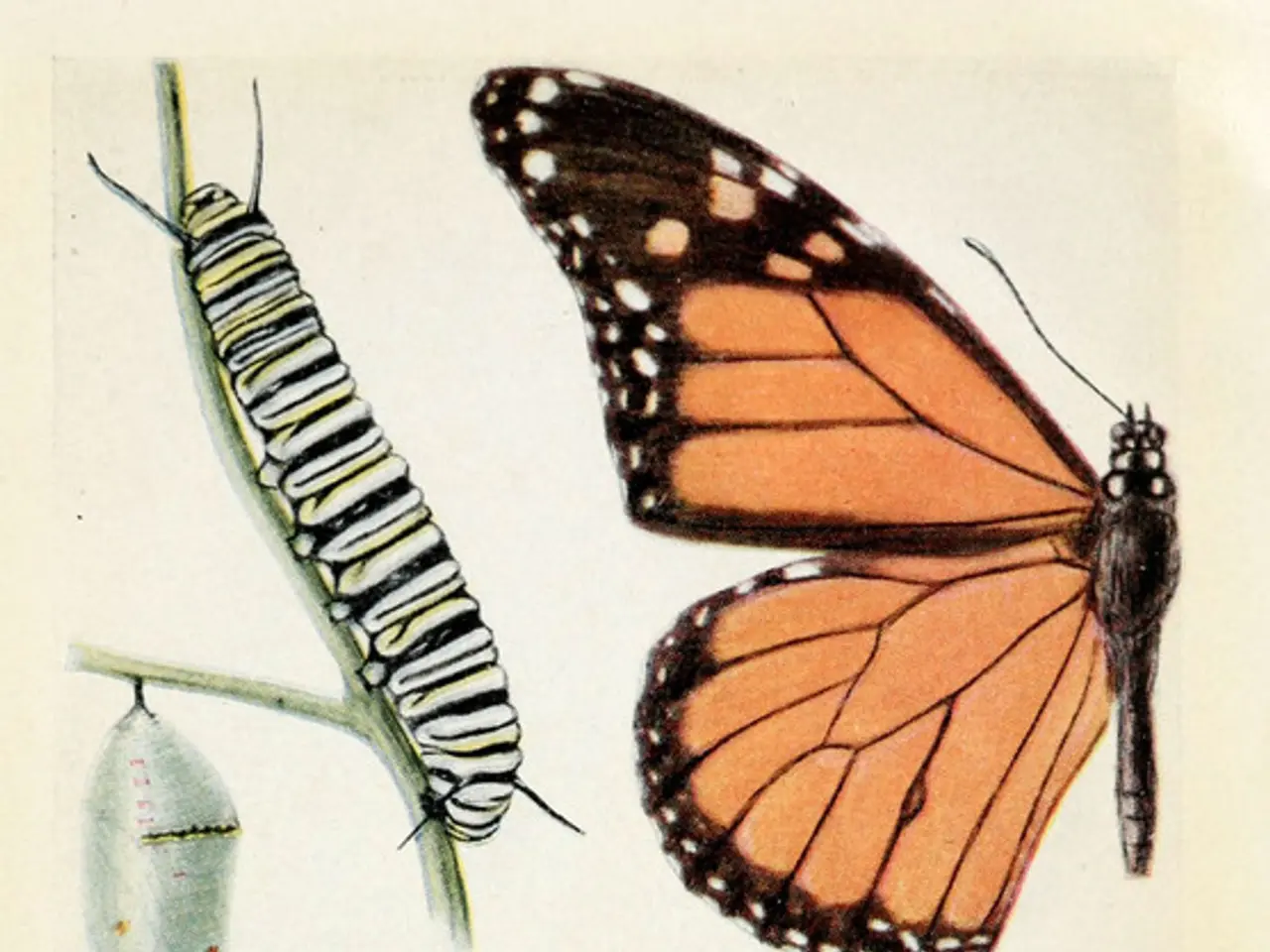confirmed instance of plague discovered close to Lake Tahoe, believed to have resulted from a flea bite
In a recent development, a California resident has tested positive for the plague, marking the first local case in the area since 2020. The infected individual is currently undergoing medical treatment at home, and health officials assure that the risk to the public remains low.
The positive case was confirmed near Lake Tahoe, in El Dorado County, California. The infected person was a camper from South Lake Tahoe who contracted the plague after a flea bite during camping. This unfortunate incident serves as a reminder of the presence of the plague in many parts of California, particularly in higher elevation areas like El Dorado County.
The plague, infamously known for its devastating impact on Europe's 14th-century population, is a disease that can be treated with antibiotics but can be fatal if not treated promptly. In the United States, seven people, on average, are affected by the plague each year, mostly in western states.
It's important to note that the plague is endemic in many California counties and other parts of the western U.S., where it circulates among wild rodents and other animals. The disease is most commonly spread to humans by bites from infected fleas.
Kyle Fliflet, acting director of public health in El Dorado County, issued a statement regarding the case, emphasizing the importance of precautions for both humans and pets when outdoors, especially while walking, hiking, and camping in areas where wild rodents are present.
The infection is likely due to a bite from a plague-infected flea in the South Lake Tahoe area. Health officials also mentioned that the pneumonic form of the plague, in which the bacterium spreads to the lungs, can develop from an untreated bubonic infection. However, more than 80% of plague cases in the U.S. have been in the bubonic form, from which patients will develop swollen, painful lymph nodes called buboes.
While the risk of human-to-human transmission remains low, health officials urge the public to be vigilant. Like many other diseases caused by microbes, the plague is more likely now due to climate change, and cases have been steadily growing since the 1950s.
This news comes shortly after an Arizona man died after contracting the disease earlier this month, and a cat in Colorado tested positive for the plague. Despite these incidents, health officials maintain that the risk to the public of exposure remains low.
As always, it's crucial to stay informed and take necessary precautions to protect ourselves and our loved ones. If you encounter any unusual symptoms or suspect a possible plague infection, seek medical attention immediately.
Read also:
- Trump's SNAP reductions and New York City Council's grocery delivery legislation: Problems for city residents highlighted
- Reducing dental expenses for elderlies in Sweden: Over 50% cut in charges for pensioners by the government
- Forty-year-old diet: A list of meal choices to savor
- Exiled Life's Conundrum: A Blend of Liberation, Disillusionment, and Distress







